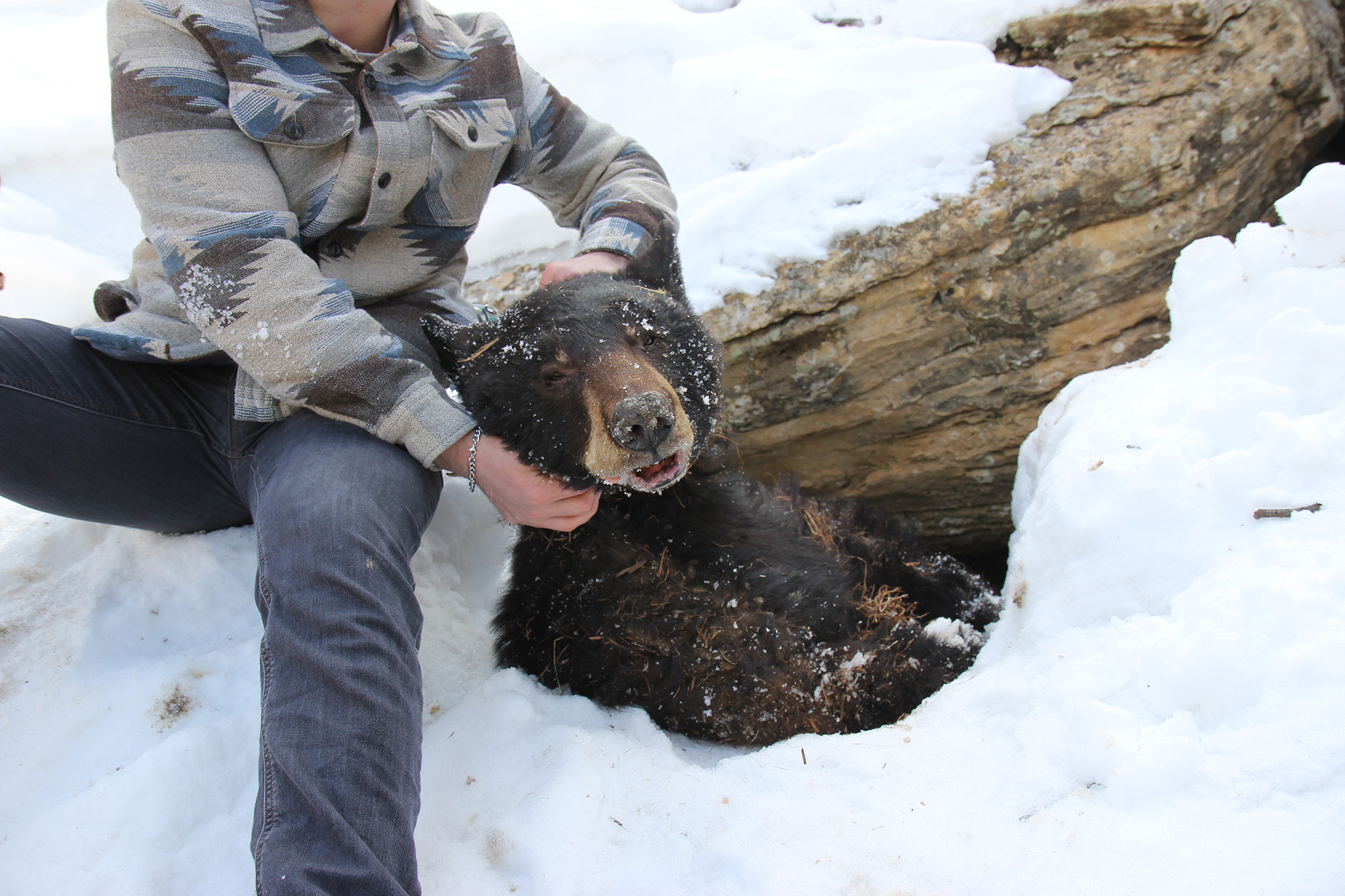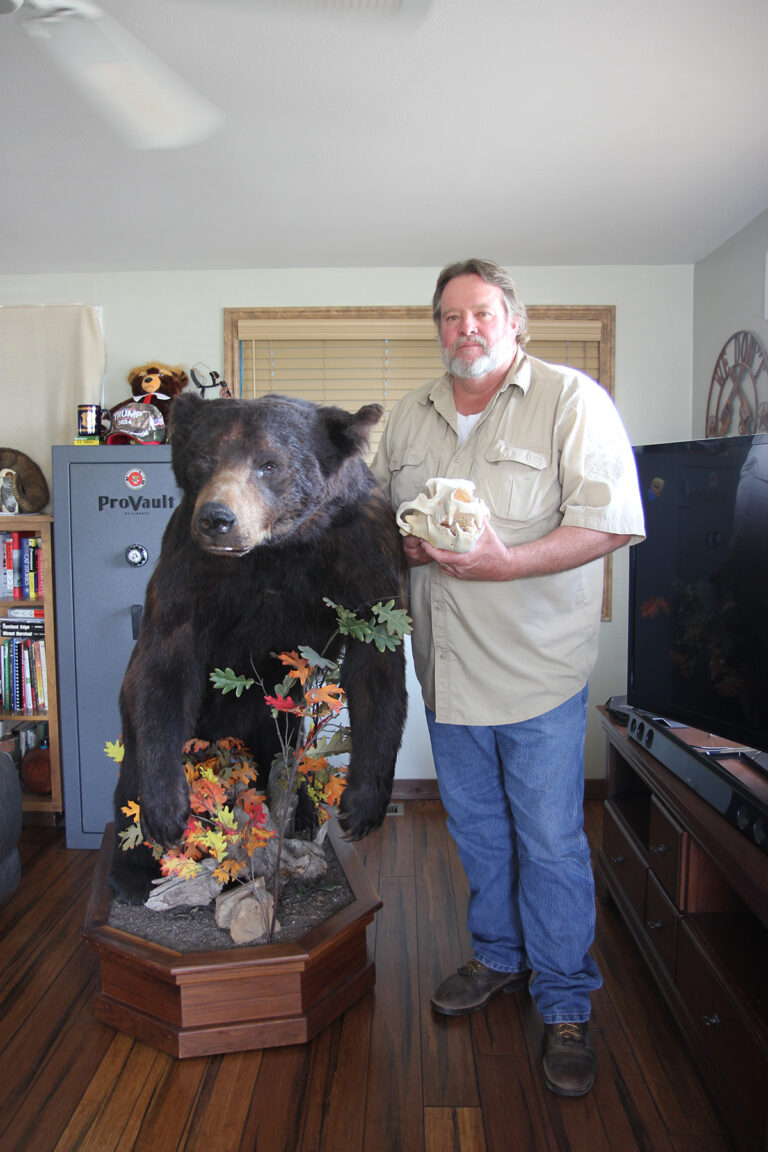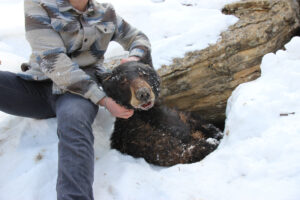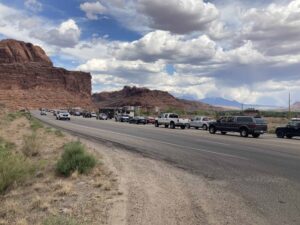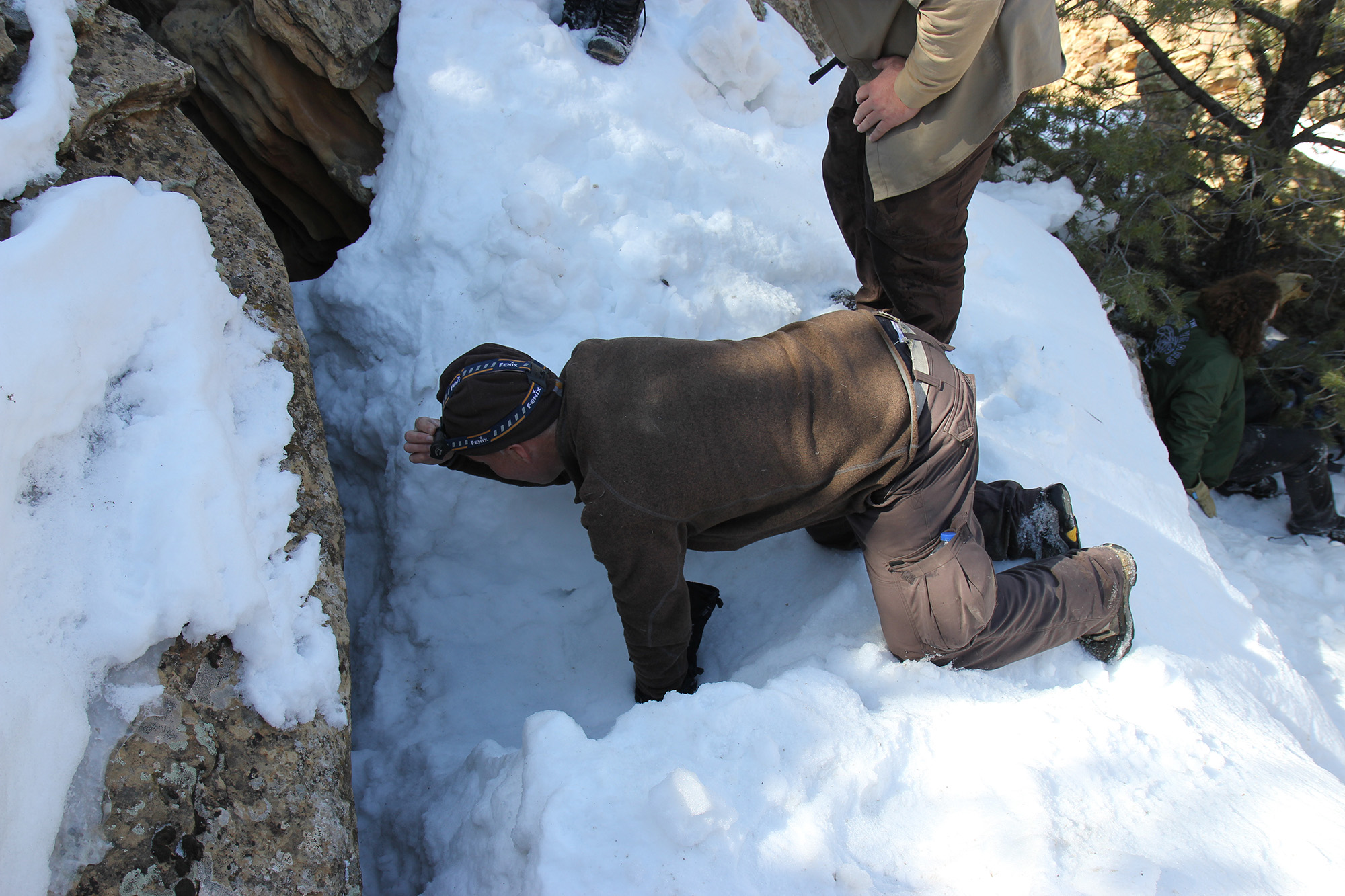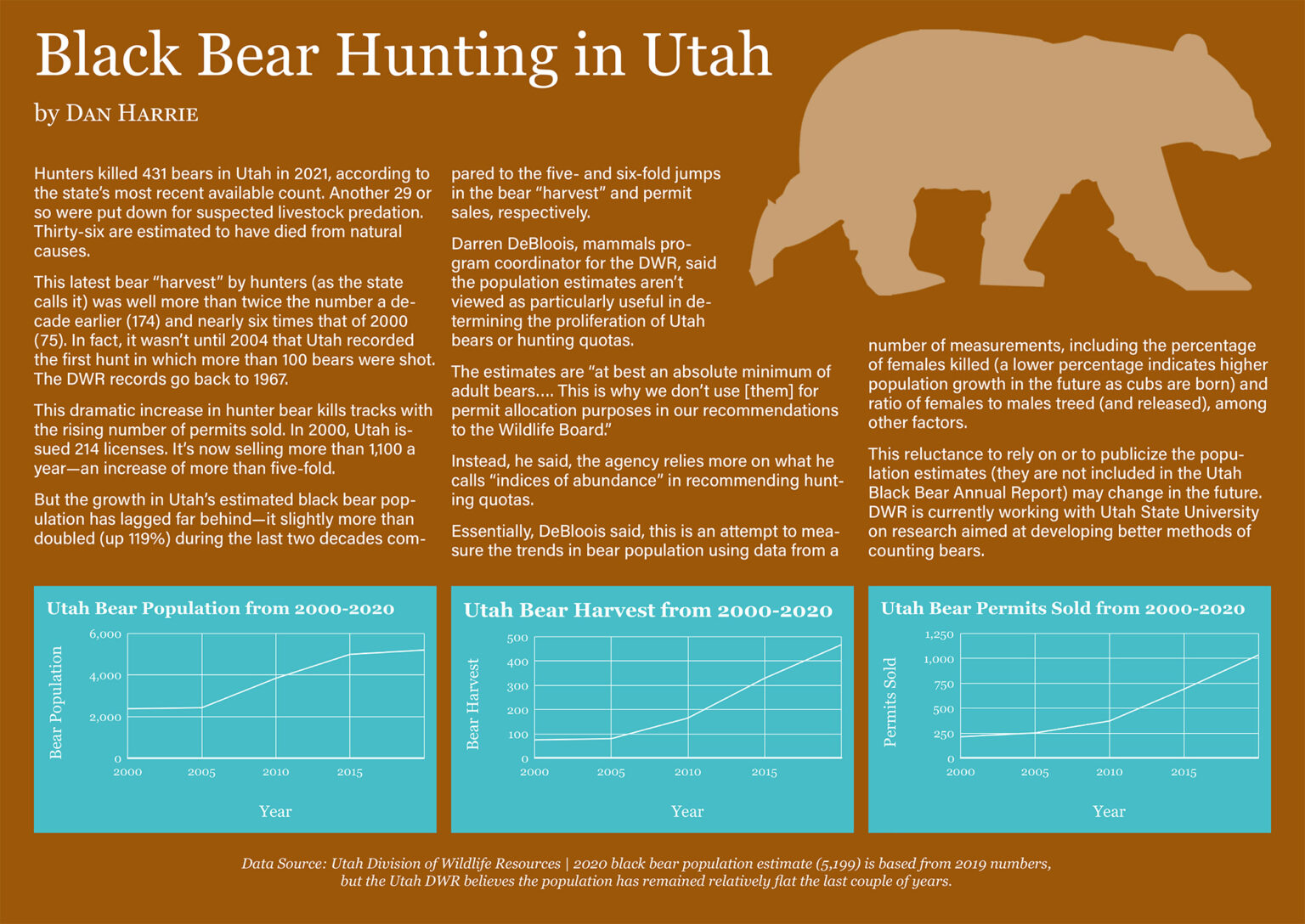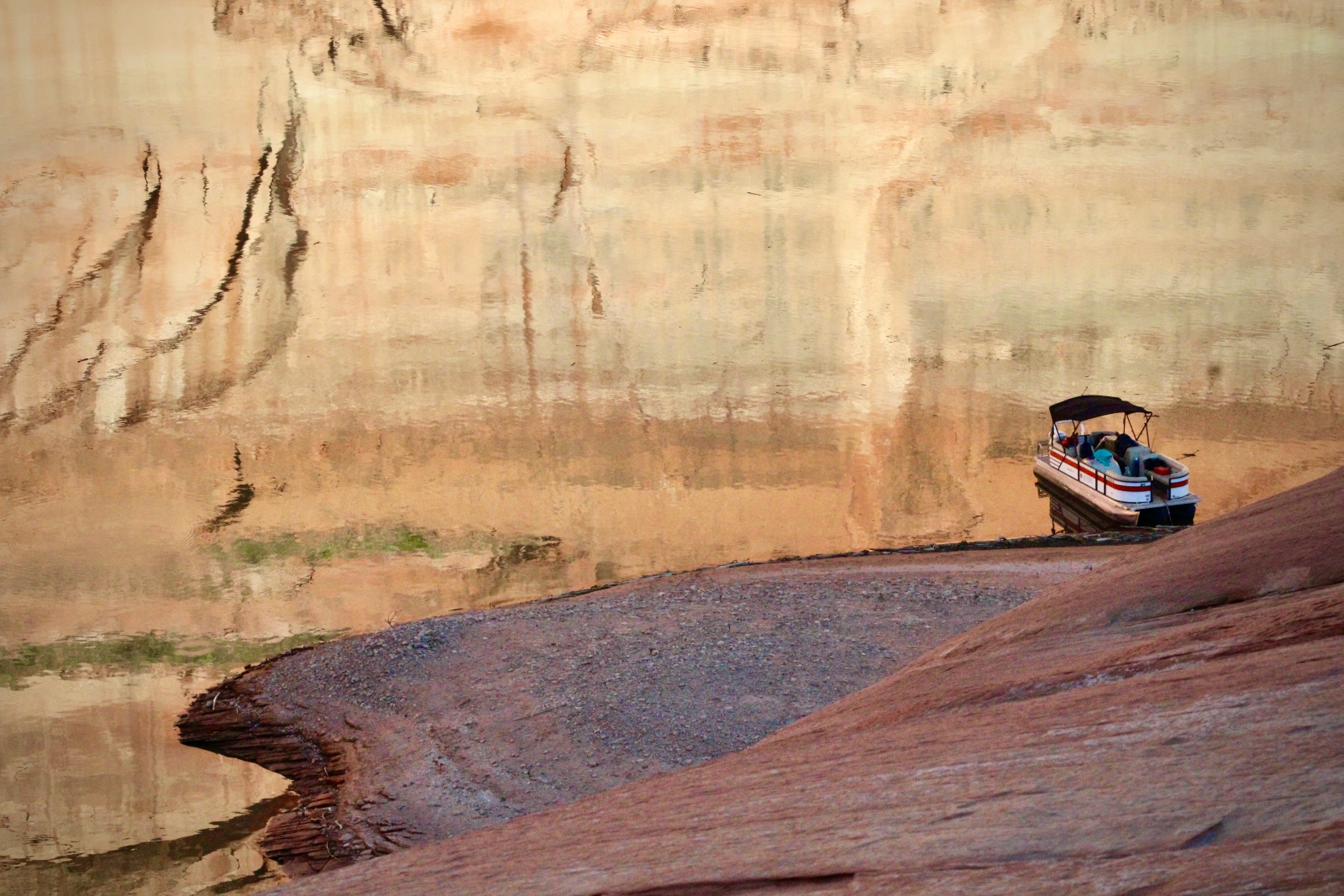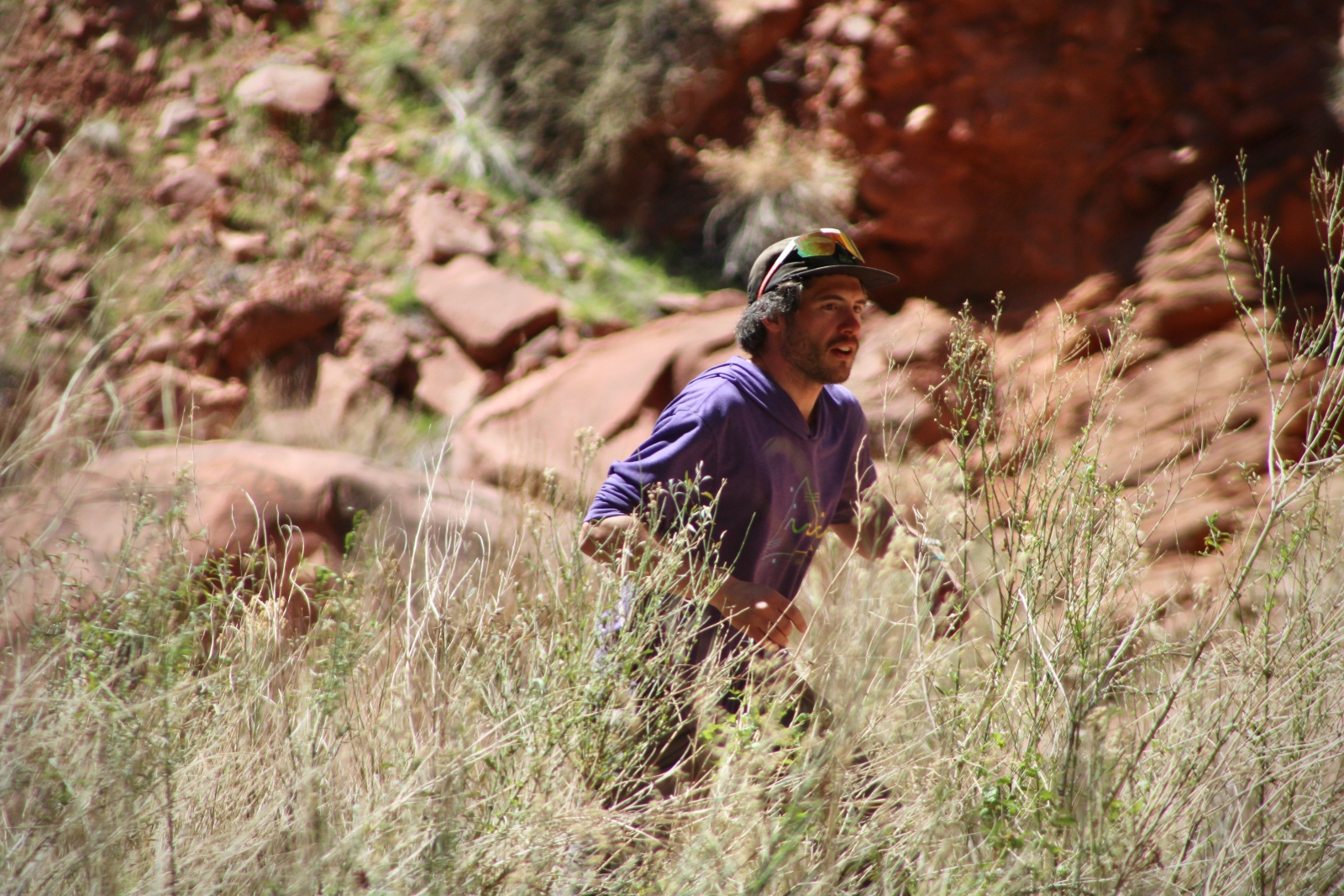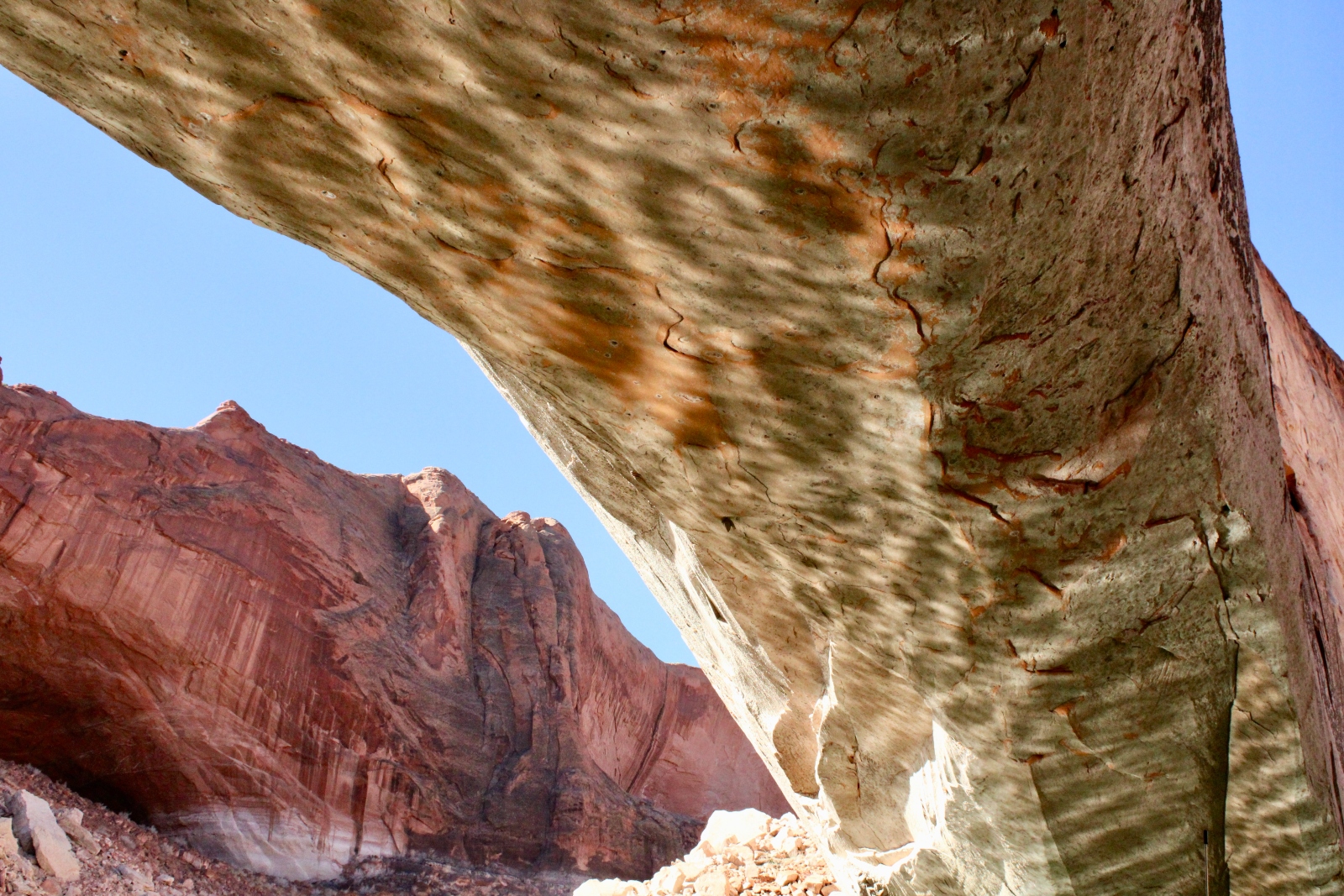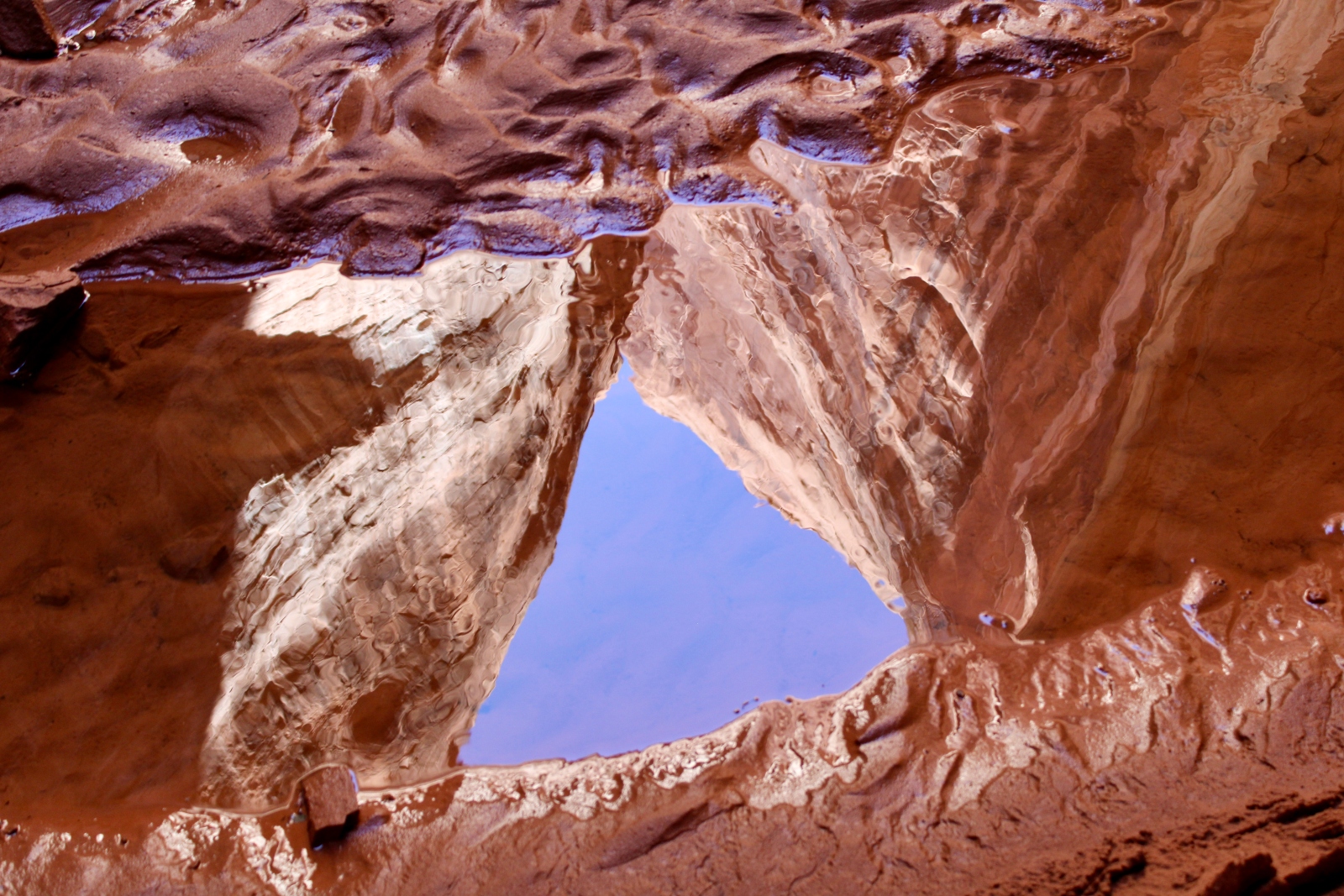On the Chopping Block

Thundering equipment, pulverized terrain littered with the dismembered and dying. D-Day? Mariupol? Game of Thrones? No, it’s a sunny day in the American West, and a pair of Bureau of Land Management bulldozers are ripping pinyon and juniper trees out of the ground. To do this, they’re dragging a 20,000-pound Navy anchor chain across the forested landscape.
The Bureau of Land Management, or BLM, is the powerful Interior Department agency that administers 245 million publicly owned acres, or one-tenth of the nation’s land, as well as 700 million acres of subsurface mineral rights. It describes its mission as sustaining “the health, diversity and productivity of public lands for the use and enjoyment of present and future generations.”
In pursuit of this lofty goal, the BLM has obliterated pinyon-juniper forests since the 1950s, “chaining” millions of acres throughout the West. The agency’s fire program tells Barn Raiser that over just seven recent years—2017 through 2023—it removed more than 1.7 million acres’ worth of trees. In doing that, the agency spent just over $151 million in taxpayer money on chaining and on followup activities intended to encourage replacement plants. The BLM calls the latter “treatments,” a mild-sounding term that encompasses harrowing, plowing, mowing, fire, herbicides and more. Eventually, 38.5 million acres of pinyon-juniper forest will be on the chopping block, says the BLM.
Next up are 380,000 acres of eastern Nevada’s ecologically rich pinyon-juniper forest in South Spring and Hamlin Valleys, near Great Basin National Park. To save the forest, the Center for Biological Diversity and Western Watersheds Project have brought a federal lawsuit against the Bureau of Land Management as a whole, two of its local Nevada offices and its parent agency, the Department of the Interior. Nevada’s United States District Court is expected to hear arguments in the suit this fall.
Western Shoshone elder and systems engineer Rick Spilsbury, who joined the litigation, called the BLM’s plan “ecocide” and “a scorched earth attack on … the natural world that has supported my people for tens of thousands of years.” The Western Watersheds Project describes the BLM plan as “heavy-handed,” with “woefully inadequate” analysis to back it up. The high cost is no surprise, says Scott Lake, attorney for the environmental nonprofits. “The government is hiring contractors who are running heavy equipment for hours a day and weeks at a time.”
The BLM calls the suit the result of a “policy disagreement” rather than a matter of law. The agency has justified the practice of chaining with reasons that have morphed over the years, claiming, for example, that the ancient indigenous pinyon-juniper forests are “encroaching” into grasslands, thereby posing a wildfire hazard as well as a risk to the habitats of native species.
Others say that the BLM’s justifications are based on bad science and incomplete analysis. A 2019 review of more than 200 scientific studies by wildlife biologist Allison Jones and colleagues found that “what we see today in many cases is simply [pinyon and juniper trees] recolonizing places where they were dominant but then chained.” The recolonization “is mistaken for encroachment,” wrote Jones et al. The scientists concluded with a warning: “The pace of activity on the ground may be outstripping our understanding of the long-term effects of these treatments and our ability to plan better restoration projects.”
Checking what boxes?
The BLM must consult with tribal nations when projects affect their interests. The agency says it respects “the ties that native and traditional communities have to the land” and the way “strong communication is fundamental to a constructive relationship.” According to the agency, “This means going beyond just checking the box to say we talked to Tribal Nations when we take actions that may affect Native American communities.”
As an example of that “strong communication,” the BLM’s Environmental Assessment for the chaining project describes the agency mailing letters describing it to 5 out of 21 Nevada tribes, along with one in Utah. The document then reveals the agency has had no back-and-forth communication with any of them.

This anemic form of consultation “has been happening for years,” says Western Shoshone elder and healer Reggie Sope from Duck Valley Indian Reservation, which straddles Nevada and Idaho. “That’s the way they put it. ‘We sent them letters, that was our consultation.’ ” His tribe was among the 16 in Nevada that were not consulted, according to the list in the BLM’s Environmental Assessment.
Nor was the Te-Moak Tribe of Western Shoshone Indians, a four-Band consortium headquartered in Elko, Nevada. Putting a letter in the post is not consultation, says Julius Holley, a council member of both the Te-Moak Tribe and one of its constituents, the Battle Mountain Band. “In our opinion, consultation is a face-to-face meeting,” he says.
The Te-Moak Tribe gets some 40 letters a week from the BLM, Holley says. These may involve matters ranging from minor, such as a mining company’s discovery of an isolated flake (a chip knocked off a piece of stone while creating an arrowhead or other tool), to major, like chaining 380,000 acres. The council continually goes through the letters to determine the important ones, Holley says, then asks for tours and/or meetings concerning them. Citing the ongoing lawsuit, the BLM did not answer questions about how the contacted tribes were chosen and whether any actual interaction had taken place since the Environmental Assessment was written.
Ancient knowledge undercuts BLM claims

The BLM’s crusade against the pinyon-juniper forests recalls the decimation of the continent’s great buffalo herds and salmon runs, undertaken in the 1800s to cripple the tribes that relied on them. For millennia, the pinyon-juniper forests have been vital to tribal nations in Nevada and other Western states. They shelter myriad animal and plant species and are the source of pine nuts—a sweet, creamy, protein- and nutrient-rich staple that was once a mainstay of tribal diets and traditions.
When rabbitbrush in Nevada’s lower elevations turns yellow in the fall, tribal members know the nuts are ripe. It’s time to trek to the mountains and harvest them. While some use long poles to knock the pinecones off the trees, others engage in an age-old tribal fire-prevention practice: removing and chopping up fallen timber and brush that could act as tinder and feed a wildfire.
The cut wood is put to use roasting the cones and making meals for the group. The roasted pine nuts are removed from the cones and eaten out of hand or stored for future use. Ground up, cooked pine nuts are used in preparations ranging from bread to porridge to soup. They can be formed into patties with berries and ground meat—usually venison or elk, says Sope: “Like a quick snack but all natural. Very delicious and nutritious.”

When Sope was a boy, he says, he learned from his elders that long ago the Creator guided his people to a place where they would find all the food and medicine plants they’d need. “So here we remained,” Sope says. “We survived for a long time. They had ceremonies and blessings to honor the Root Nation and ensure it would be plentiful for generations to come.”
The BLM creates a serious challenge to that abundance. After its bulldozers have demolished South Spring and Hamlin Valleys, the agency plans to “treat” whatever’s left. This involves choosing among fire, herbicides and other alternatives. The agency calls this process “adaptive management,” which seems to imply benign creativity. The BLM’s court documents also instruct Nevada’s U.S. District Court to be “highly deferential” to this type of decision-making.

Not so fast, says Lake, the environmental groups’ attorney. He notes that federal courts have repeatedly directed agencies to provide site-specific, landscape-level analysis for immediate and indirect effects of such actions before moving forward. Broad guesswork and ongoing improvisation are not enough, federal courts have held. The National Environmental Protection Act specifically requires this, so it’s not just common sense, but a matter of law, argues Lake.
The BLM’s continually changing assortment of reasons for razing the trees started in the 1950s with the need to create additional grazing land for cattle. That reason has become less acceptable though, according to Lake. “The idea that we should be deforesting [to provide] cattle forage is not really that popular these days, so the rationales have been shifting.” Creating livestock range hasn’t stopped; it’s just no longer widely acknowledged.
Citing the ongoing lawsuit, the BLM did not respond to questions about its past and present goals of creating grazing land. The agency does, however, still support grazing; it offers livestock grazing permits at less than $1.50 per animal per month on 155 million of its managed public acres.
For the birds
One new BLM reason for deforestation that sounds ecologically benevolent is creating habitat for the sage-grouse, an increasingly scarce bird—and in the process demolishing the habitats of many more animal and plant species. “You have to look at the whole picture before you draw up a plan,” chides Sope.
Further, the shrubs in which the sage-grouse likes to breed, nest, forage and over-winter may take decades to establish themselves in devastated terrain. During that time, the BLM has to fend off competing weeds with fire, mowing, herbicides and other destructive methods.

One wonders how any birds will cope. The BLM’s Environmental Assessment assures us that leveling a forest is a “negligible” issue for migratory birds. While the chaining is underway, they simply fly away, the document says; when the noise is over and the forest is gone, the birds will “likely return.”
“To what?” asks Sope.
Meanwhile, tree-dwelling bats are on their own. Under the law, the BLM claims, it need only “consider” effects on them. In preparing the BLM’s court document, someone looked up “consider” in the dictionary and discovered it means “reflect on.” The BLM, according to the document, will contemplate the fate of the bats as it uproots trees, sets fires and applies herbicide.
Fire prevention is another BLM goal. We can all understand that eliminating a forest means it can’t catch fire. However, the extensive surface disturbance the bulldozers create while razing the trees has long encouraged vast swaths of highly flammable, fiercely invasive cheatgrass to spread throughout the West. Overgrazing, motorized recreation and mining have contributed to the spread of the invasive grass, unintentionally imported from Europe in the 1800s as a contaminant of straw packing material and other plant items, according to the US Geological Survey.
As a result, fires that historically occurred centuries apart in the pinyon-juniper forests, cared for by attentive tribal citizens, are now far more frequent. The BLM decries this frequency but does not acknowledge its own culpability for it. Nor does the agency appear to be pursuing multifaceted, systemic and continuously monitored remedies. Simply laying waste to the environment here and there is not supported by science, federal law or tradition.
“The Root Nation is in jeopardy,” warns Sope. “How long are we going to suffer? How long is the Earth Mother going to suffer?”
The post On the Chopping Block appeared first on Barn Raiser.



